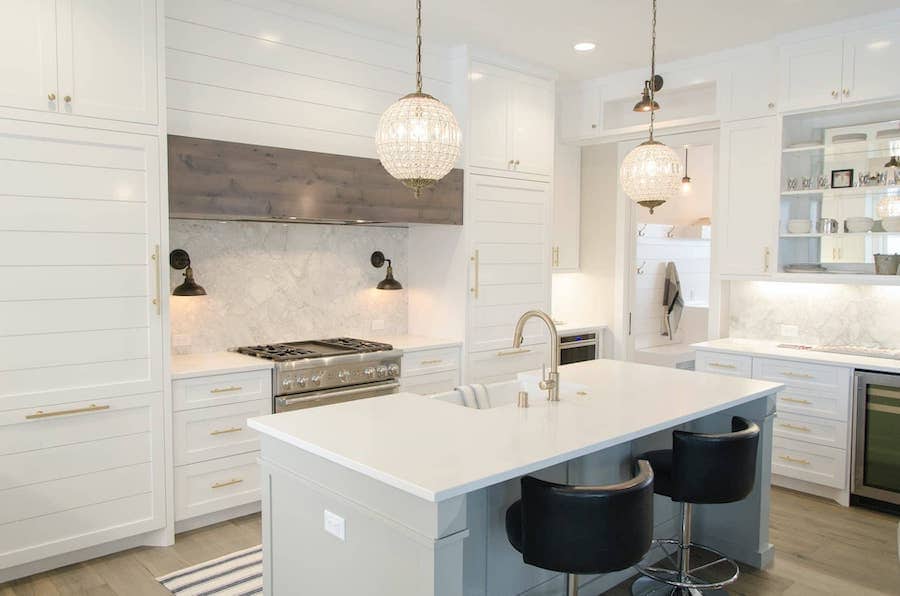A Comprehensive Guide fitting kitchen worktops
Introduction
The kitchen worktop is a focal point in any kitchen, serving as both a functional workspace and a design element. Choosing the right type of worktop material is crucial for achieving the desired aesthetic, durability, and functionality. In this comprehensive guide, we will explore various types of kitchen worktops and discuss the process of fitting each type.
Granite Worktops:
- Material Characteristics: Granite is a natural stone known for its durability, heat resistance, and unique patterns. It is a popular choice for high-end kitchens.
- Fitting Process:
- Precise Measurements: Accurate measurements of the kitchen layout are crucial for a perfect fit.
- Cutting and Shaping: Specialized tools are used to cut and shape the granite slab according to the measured dimensions.
- Sealing: Granite is porous, so applying a sealant is essential to prevent stains and damage.
- Installation: The cut and shaped granite pieces are installed onto the cabinets with adhesive.
Quartz Worktops:
- Material Characteristics: Engineered quartz is a blend of natural quartz crystals and resins, offering a non-porous, durable, and low-maintenance surface.
- Fitting Process:
- Templating: Creating a template of the kitchen layout ensures a precise fit.
- Cutting and Edging: Quartz can be cut and edged to fit the template, providing a seamless finish.
- Installation: Quartz worktops are typically heavy, so professional installers use specialized equipment to secure them in place.
Wooden Worktops:
- Material Characteristics: Wood brings warmth and character to the kitchen but requires more maintenance. Common choices include oak, walnut, and maple.
- Fitting Process:
- Measuring and Templating: Accurate measurements and templates help ensure a snug fit around appliances and corners.
- Cutting and Shaping: Wood can be cut and shaped using woodworking tools to achieve the desired size and edge profiles.
- Finishing: Sanding and finishing with appropriate oils or varnishes protect the wood and enhance its appearance.
- Installation: Wooden worktops are usually installed by securing them to the cabinets with screws.
Laminate Worktops:
- Material Characteristics: Laminate is an affordable and versatile option, available in various colors and patterns. It is low-maintenance and resistant to stains.
- Fitting Process:
- Measuring and Cutting: Laminate sheets are measured and cut to fit the kitchen layout.
- Edge Banding: Applying edge banding to the exposed edges provides a finished look and protects against moisture.
- Installation: Laminate worktops are often installed using adhesive and screws.
Concrete Worktops:
- Material Characteristics: Concrete offers a modern, industrial look and is highly customizable in terms of color and texture.
- Fitting Process:
- Forming and Pouring: Concrete is poured into molds to create the desired shape and thickness.
- Curing: Proper curing is crucial for the strength and durability of the concrete.
- Sealing: Sealing the concrete surface helps prevent staining.
- Installation: Concrete worktops are typically heavy and may require additional structural support.
Conclusion:
Choosing the right kitchen worktop involves considering factors such as aesthetics, durability, maintenance, and budget. Whether opting for the natural elegance of granite, the modern appeal of quartz, the warmth of wood, the affordability of laminate, or the industrial look of concrete, the fitting process requires precision and expertise. Hiring professionals for installation ensures a seamless and functional kitchen worktop that enhances both the beauty and functionality of the space.
Get in touch with kitchen worktop fitters in Manchester
